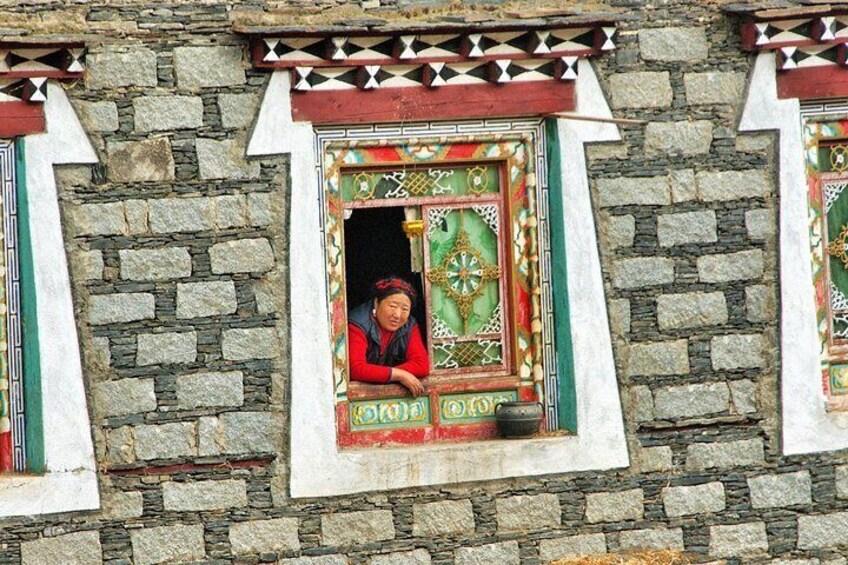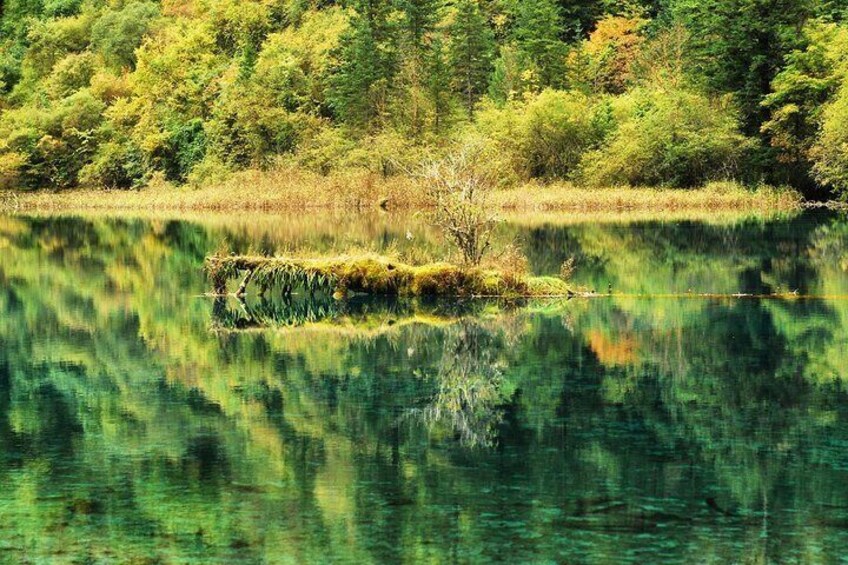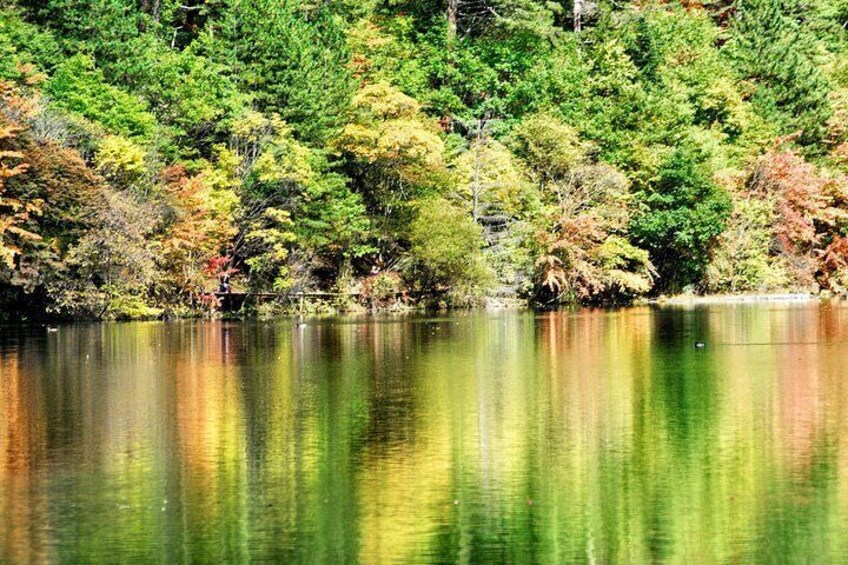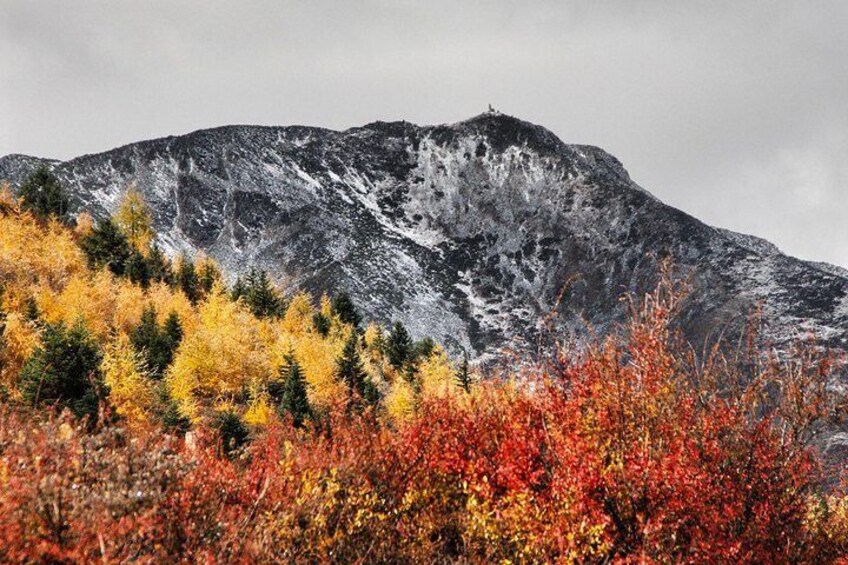Members save 10% or more on over 100,000 hotels worldwide when you’re signed in





Features
- 14d
- Mobile voucher
- Instant confirmation
Overview
This unique autumn trip begins and ends in two of the best known nature reserves of China. The first is Jiuzhaigou, internationally recognised as one of the most beautiful nature reserves in the world, and the latter is Zhangjiajie which was brought to the public attention as it served as the background for the Hollywood hit film, Avatar. These two nature reserves consist of dense forests, and thus, when autumn arrives, they stand in beautiful autumn foliage. In between these two magnificent sites we travel just below the Tibetan Plateau, where communities of Tibetans managed to avoid the political turbulences often stirring the Tibetan plateau. These communities have therefore managed to better maintain their unique traditions and way of life. We will travel amidst beautiful villages, and get an in-depth insight to Tibetan culture.
Activity location
- Dong Cheng Qu, Bei Jing Shi, China
Meeting/Redemption Point
- Dong Cheng Qu, Bei Jing Shi, China
Check availability
When Chinese Leaves Autumn
- 14d
- English
Pickup included
What's included, what's not
- Wenchuan – New Wenchuan Hotel 4-star
- Hailuogou – Long March Hotel 4-star
- Kangding – Love Song Hotel 4-star
- Songpan – Sunriver Hotel 4-star
- Xinduqiao – 318 Express 3-star
- Zhangjiajie – Qinghe Jinjiang Hotel 5-star
- English speaking guide for each area as per programme
- Maerkang – Jinjianglong Hotel 4-star
- Beijng – CITIC Hotel 4-star (by the airport)
- Chengdu – Yinhe Dynasty Hotel 4-star
- Domestic flights as per programme
- Meals as indicated in the programme (B&B basis)
- Jiuzhaigou – Howard Johnson Tianyuan Resort 5-star
- Transfer by private A/C vehicle
- Entry fees for all sightseeing as mentioned on the programme
- Accommodation at hotels selected including breakfast
- Danba – 318 Express 3-star
- International travel to and from Beijing
- Travel insurance
- Chinese visa
- Excess luggage
- Service charge
- Expenses of personal nature (food and drinks beyond those provided, laundry, etc.)
- Anything not clearly mentioned in the programme
Know before you book
- Not recommended for travellers with spinal injuries
- Not recommended for pregnant travellers
- Not recommended for travellers with poor cardiovascular health
- Suitable for all physical fitness levels
Activity itinerary
798 Art Zone (Pass by)
Jiuzhaigou Natural Reserve (Pass by)
Huanglong Scenic Valley (Pass by)
Mounigou Scenic Area (Pass by)
Bipenggou (Pass by)
Zhuokeji Headman's Village (Pass by)
Tagong Temple (Lhagang Monastery) (Pass by)
Kangding Ancient City (Pass by)
Mugecuo Scenic Resort (Pass by)
Hailuogou Scenic Resort (Pass by)
Bifengxia Panda Reserve (Pass by)
Zhangjiajie National Forest Park (Pass by)
Yuanjiajie (Pass by)
Tianmen Mountain National Forest Park (Pass by)
Location
Activity location
- Dong Cheng Qu, Bei Jing Shi, China
Meeting/Redemption Point
- Dong Cheng Qu, Bei Jing Shi, China